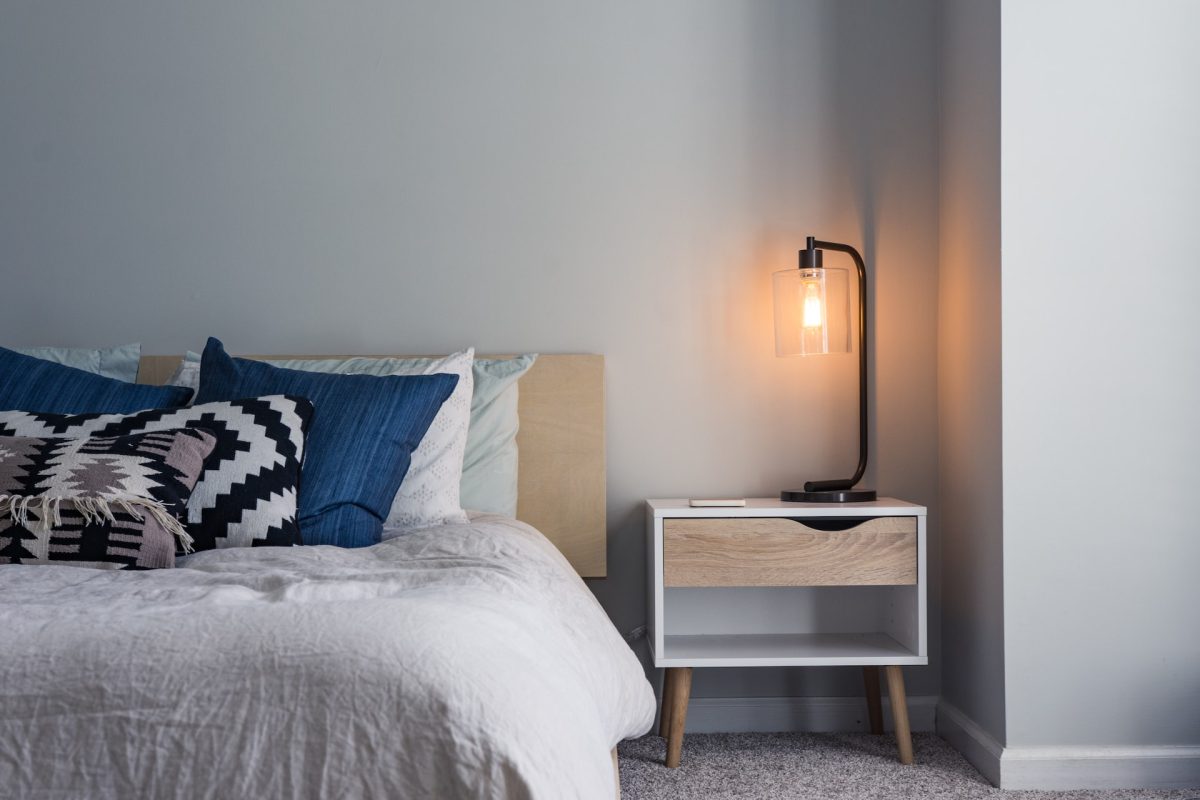Interior house painting isn’t just a task; it’s an art that can transform the very essence of your living space. Achieving flawless results requires a keen understanding of the dos and don’ts of the process. In this guide, we’ll delve into the key practices that can turn your painting project into a masterpiece that stands the test of time.
Dos
For Successful Interior House Painting
Choosing the Right Paint
Selecting the right paint type and finish is essential for achieving the desired look and longevity. Opt for paints that suit the room’s function, lighting, and humidity.
Preparation is Key
Before reaching for that brush, dedicate ample time to surface preparation. Clean walls, sand rough spots, and apply primer to ensure impeccable paint adhesion.
Test Colors First
Don’t let color be a guessing game. Test potential shades on a small, inconspicuous part of the wall to avoid color regret later.
Gathering Supplies
Arm yourself with quality brushes, rollers, painter’s tape, drop cloths, and paint trays. The right tools make all the difference in achieving a professional finish.
Protecting Surfaces
Safeguard your floors, furniture, and fixtures from paint splatters with the right protective coverings. This precaution saves time on post-painting cleanup.
For Smooth and Professional Application
Cutting in First
Start with the edges and trim using a brush to ensure crisp lines before using a roller for the larger surfaces.
Using Primer
Primer is your secret weapon for a flawless finish. It evens out surfaces, enhances paint adhesion, and is particularly crucial for dark colors.
Applying Thin Coats
Thin coats of paint lead to better coverage and a smoother finish. Multiple thin layers trump a single heavy-handed application.
Maintaining a Wet Edge
The wet edge technique prevents visible lap marks by ensuring a seamless blend between sections of freshly painted surfaces.
Blending Colors
Mix paint from different cans before starting to maintain consistent color throughout the entire wall, preventing any noticeable variations.
For Post-Painting Cleanup and Maintenance
Properly Sealing Paint Cans
Seal paint cans tightly to preserve the paint’s quality for future touch-ups and projects.
Cleaning Brushes and Rollers
Clean and store your brushes and rollers properly to prolong their lifespan and maintain their effectiveness.
Inspecting the Finish
Thoroughly inspect your painted surfaces once dry, promptly addressing any touch-ups or imperfections for a polished result.
Don’ts
To Avoid Interior Painting Mishaps
Skipping Prep Work
Rushing through preparation is a recipe for paint failure. Neglecting cleaning, sanding, and priming can lead to unsightly peeling or chipping.
Neglecting Repair Work
Don’t ignore wall imperfections. Repair cracks and holes before you pick up a paintbrush, ensuring a smooth canvas for your artistry.
Rushing the Process
Painting demands patience. Rushing through coats or applying paint to tacky surfaces can lead to uneven results and frustration.
Ignoring Ventilation
Paint fumes are more than an annoyance; they can impact air quality. Ensure proper ventilation during and after painting to maintain a healthy environment.
Overloading the Brush or Roller
Too much paint spells disaster. Apply thin, even coats to prevent unsightly drips, ensuring a seamless finish.
To Avoid Common Painting Pitfalls
Leaving Paint Tins Open
Always seal paint cans tightly to prevent paint from drying out prematurely, which can render the paint unusable.
Ignoring Temperature and Humidity
Respect recommended temperature and humidity ranges during painting. Failing to do so can lead to improper drying and adhesion issues.
Using Low-Quality Tools
Opt for quality brushes and rollers to avoid streaks, uneven application, and the frustration of constantly picking off loose bristles.
Not Removing Painter’s Tape Promptly
Remove painter’s tape promptly after painting to avoid accidentally pulling off fresh paint and achieving clean lines.
Mixing Different Paint Types
Only mix different types of paint with proper knowledge and preparation. Mismatched paints can lead to adhesion problems and an uneven finish.
Transform Your Home with Expert Interior House Painting
Interior house painting is an art form that wields transformative power. By mastering the dos and don’ts of the process, you can elevate your living space into a canvas of creativity and professionalism. With every brushstroke, your vision comes to life, reflecting your unique style and enhancing your home’s ambiance.
